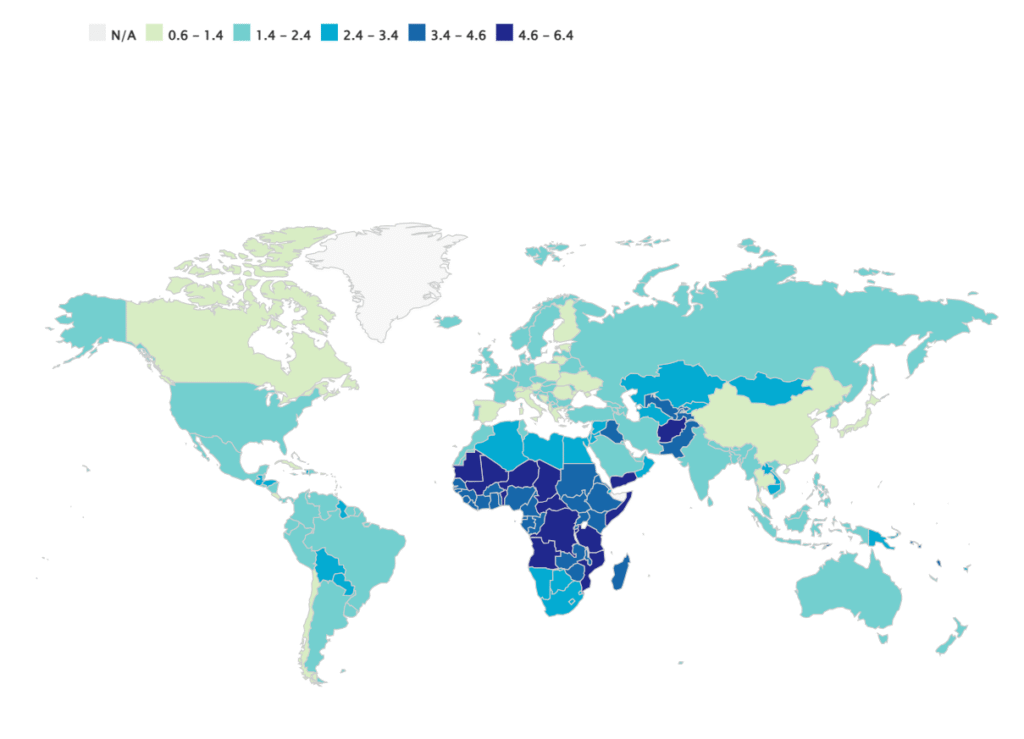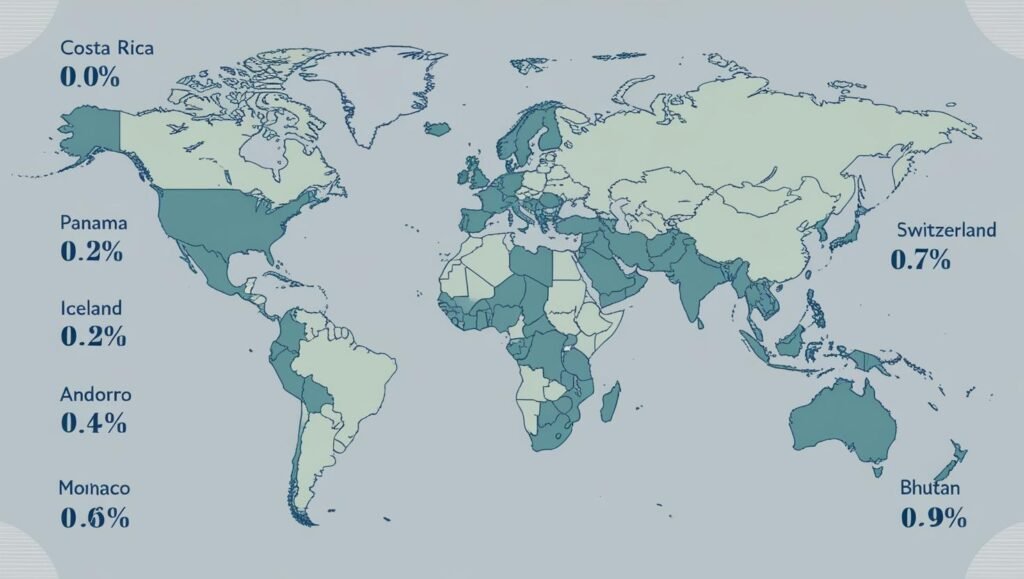Tata Motors Stock Dips: Here’s What Investors Need to Know
Tata Motors, one of India’s leading automobile manufacturers, witnessed a sharp decline in its share price recently, dropping over 5% in intraday trading. This sudden dip has raised concerns among retail investors, especially those tracking the performance of the company’s premium British subsidiary, Jaguar Land Rover (JLR).
So, what triggered this fall? Let’s break it down.

The Key Reason: Weak Guidance from JLR
Jaguar Land Rover, which contributes a significant portion of Tata Motors’ revenue and profits, released a cautious outlook for the financial year 2026.
Here’s what they said:
- EBIT margin is expected to be between 5% and 7%.
This is a substantial reduction from the earlier target of 10%, which came as a surprise to the market. - Free Cash Flow for FY26 may be close to zero.
In contrast, JLR posted a healthy £1.5 billion in free cash flow in FY25.
These statements indicate that JLR expects tougher times ahead, which could impact Tata Motors’ consolidated performance in the coming quarters.
Global Headwinds: U.S. Tariffs and Slowing Demand
The downgrade in JLR’s margin projections comes amid growing global economic uncertainties:
- 25% U.S. tariffs on imported vehicles have particularly hurt JLR, which doesn’t have local manufacturing in the U.S. This forced the company to pause vehicle shipments temporarily, impacting sales and revenue potential.
- Premium vehicle demand in key markets such as China and Europe has been soft, adding further pressure on JLR’s margins.
- Ongoing cost pressures and supply chain disruptions are also adding to the challenge.
Impact on Tata Motors’ Stock
Given that JLR contributes:
- Nearly 71% of Tata Motors’ consolidated revenue, and
- Over 80% of its profits,
the cautious guidance from JLR had a direct negative impact on Tata Motors’ stock price. On June 16, 2025, the share price fell to around ₹665–₹672, triggering concern among retail and institutional investors alike.
What Rating Agencies Are Saying
Despite the negative earnings forecast, Moody’s maintained Tata Motors’ Ba1 rating and even upgraded the credit outlook for JLR. While this provides some comfort about the long-term financial health of the company, the market’s immediate concern lies in short-term profitability.
Technical View: Should Investors Be Worried?
Market analysts have flagged key support zones around ₹665. If the stock sustains below this level, it could face more downside. However, a bounce-back is possible if the price crosses the ₹715–₹750 resistance zone, driven by positive news or recovery in demand.
What Should Investors Watch Next?
Investors and analysts will be closely watching:
- Any revision in JLR’s margin or cash flow guidance.
- Developments regarding U.S. tariffs and possible exemptions.
- Demand recovery in China, Europe, and North America.
- Tata Motors’ domestic business performance, which continues to be robust, especially in the commercial vehicle segment.
Final Thoughts
While Tata Motors’ stock has faced pressure due to JLR’s near-term challenges, long-term investors should keep a close eye on how the company navigates these macroeconomic hurdles. JLR’s ability to adapt to global trade dynamics and maintain product demand will play a crucial role in shaping Tata Motors’ future performance.
As always, diversification and patience remain key in volatile market conditions.
Disclaimer: This article is for informational purposes only and does not constitute financial advice. Please consult a registered financial advisor before making investment decisions. For detailed financial reports, visit JLR’s Investor Relations page.



